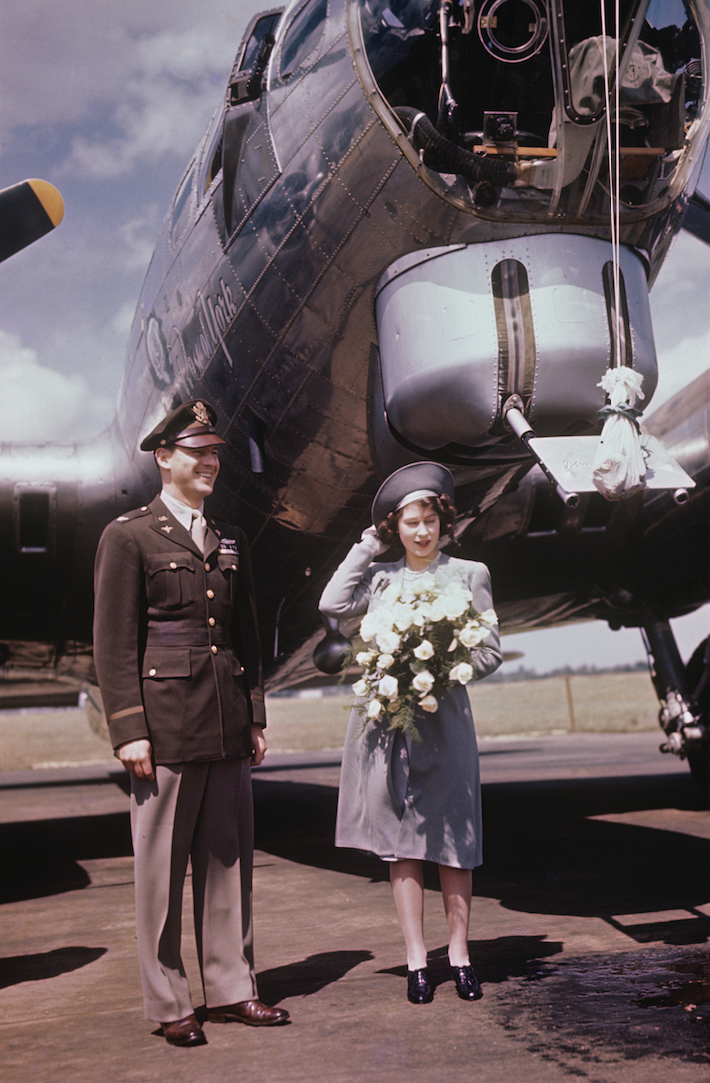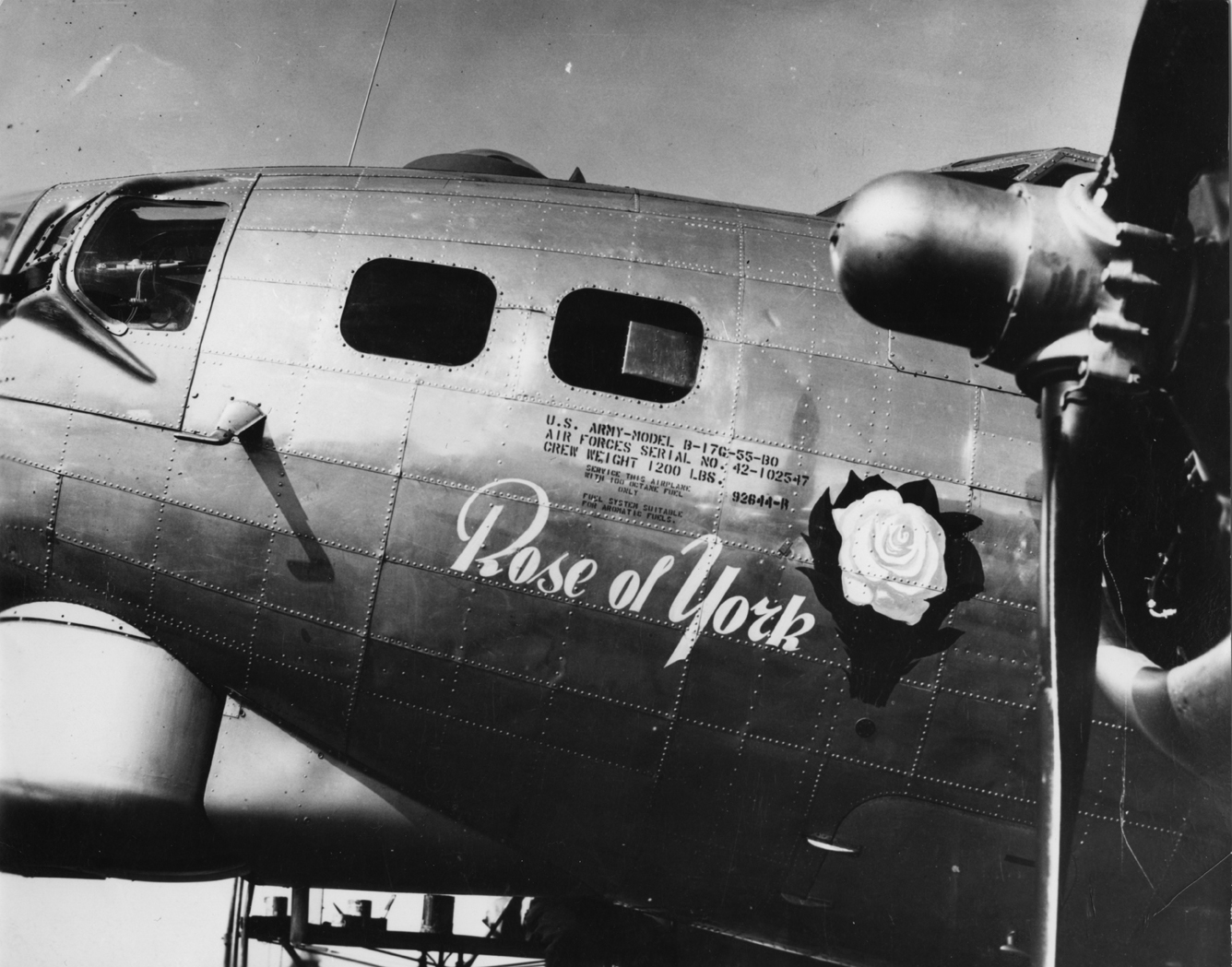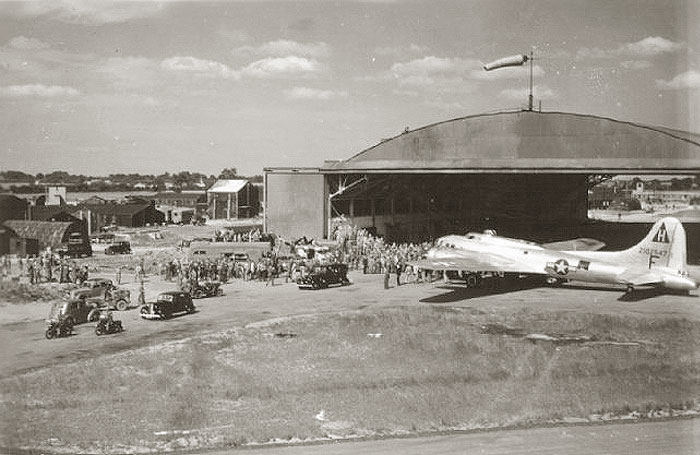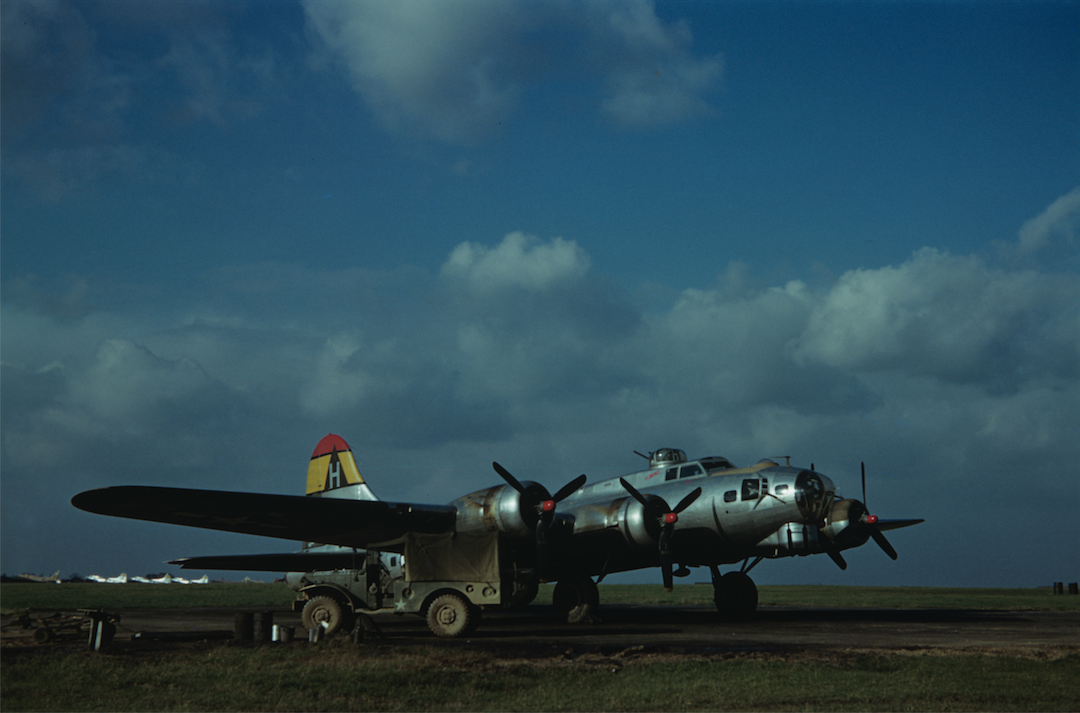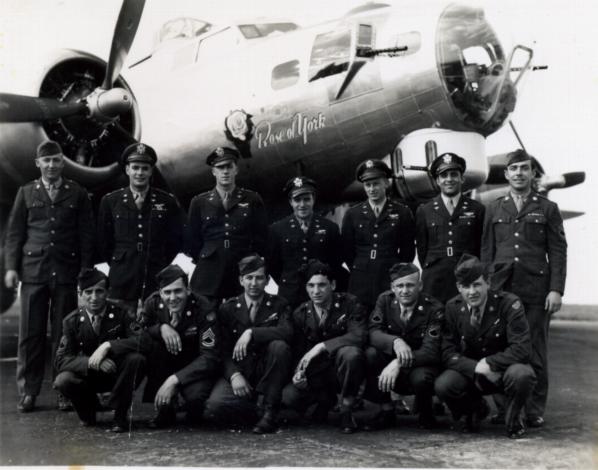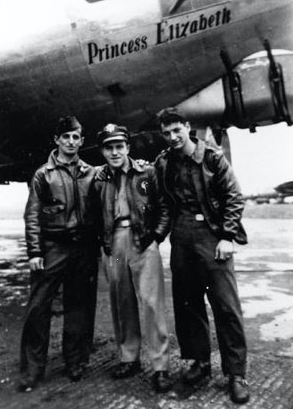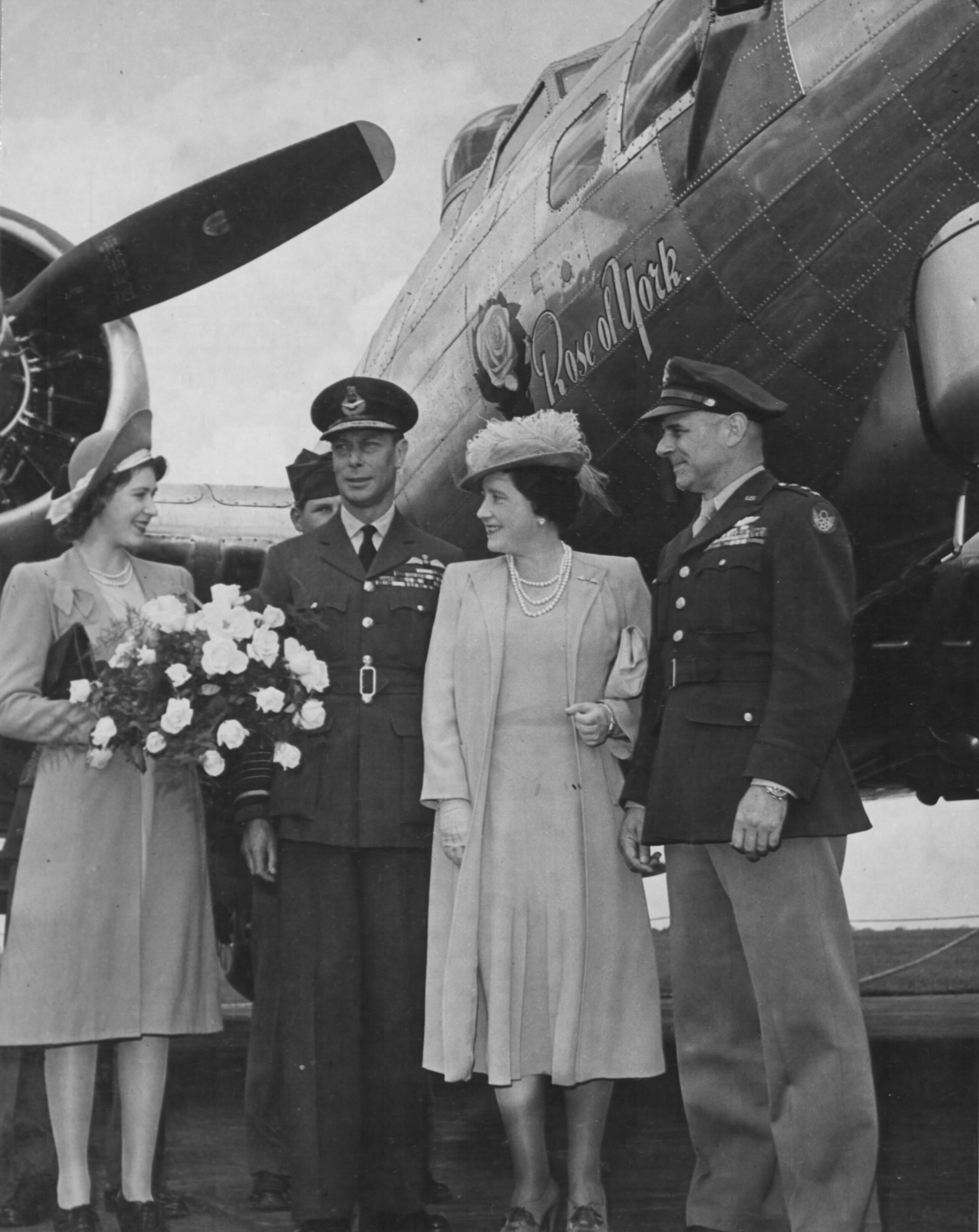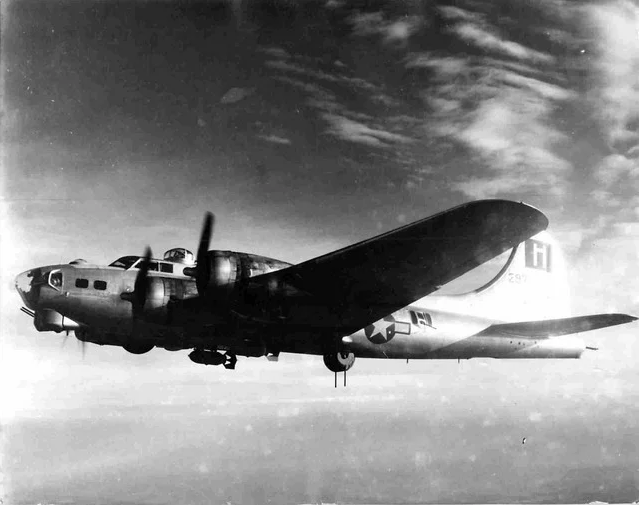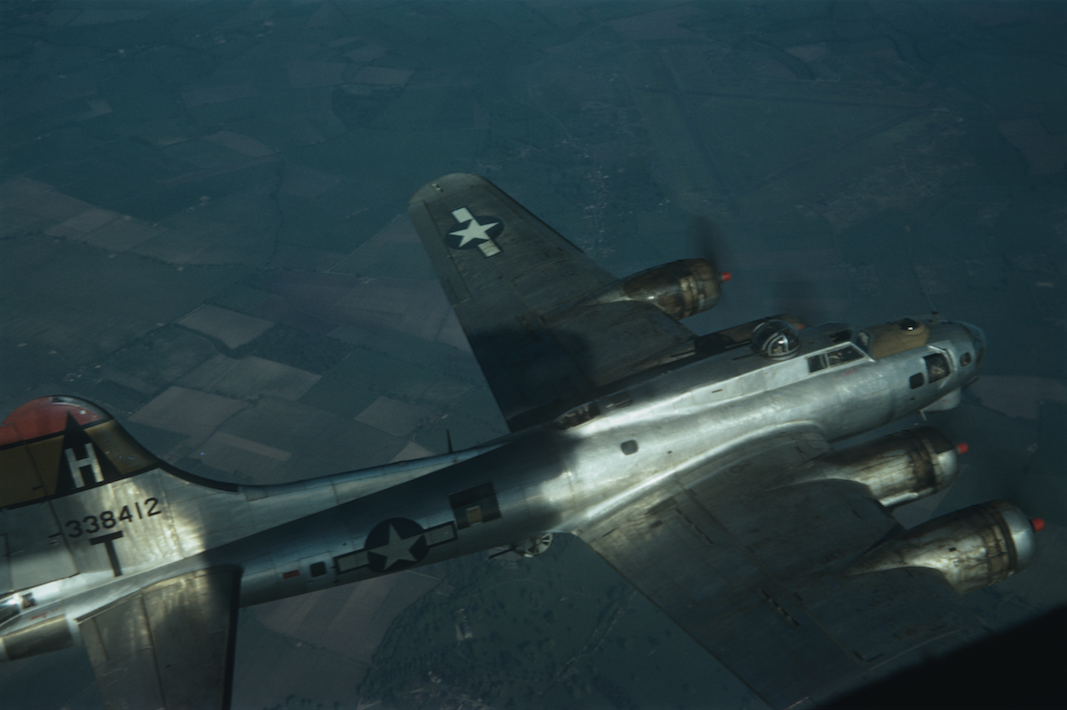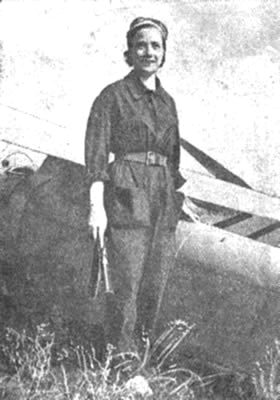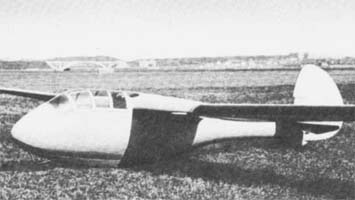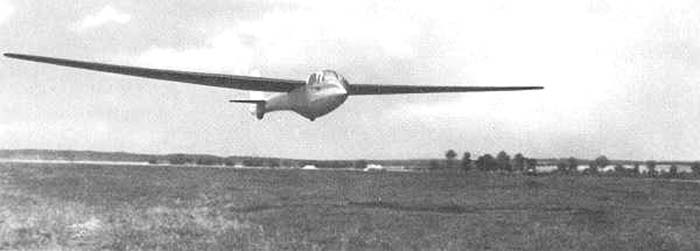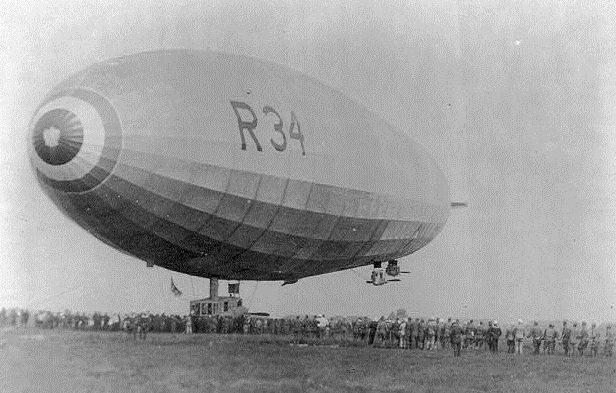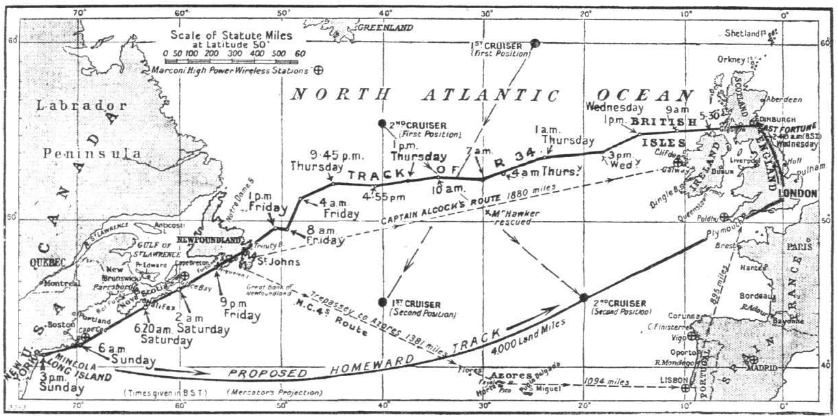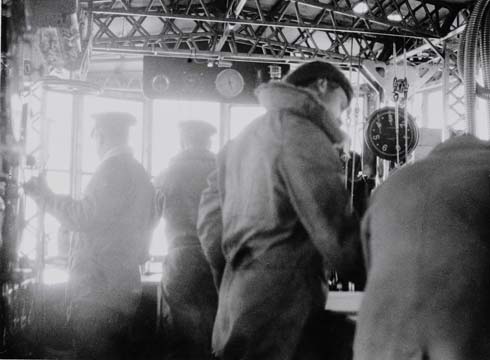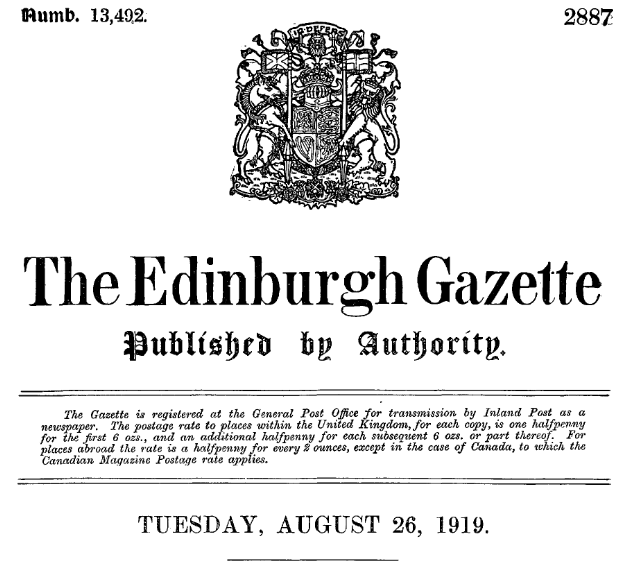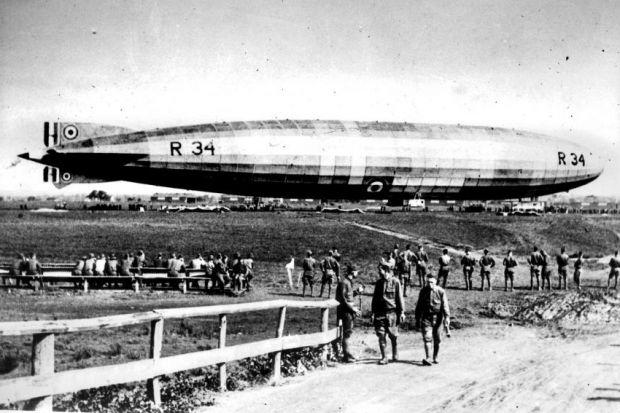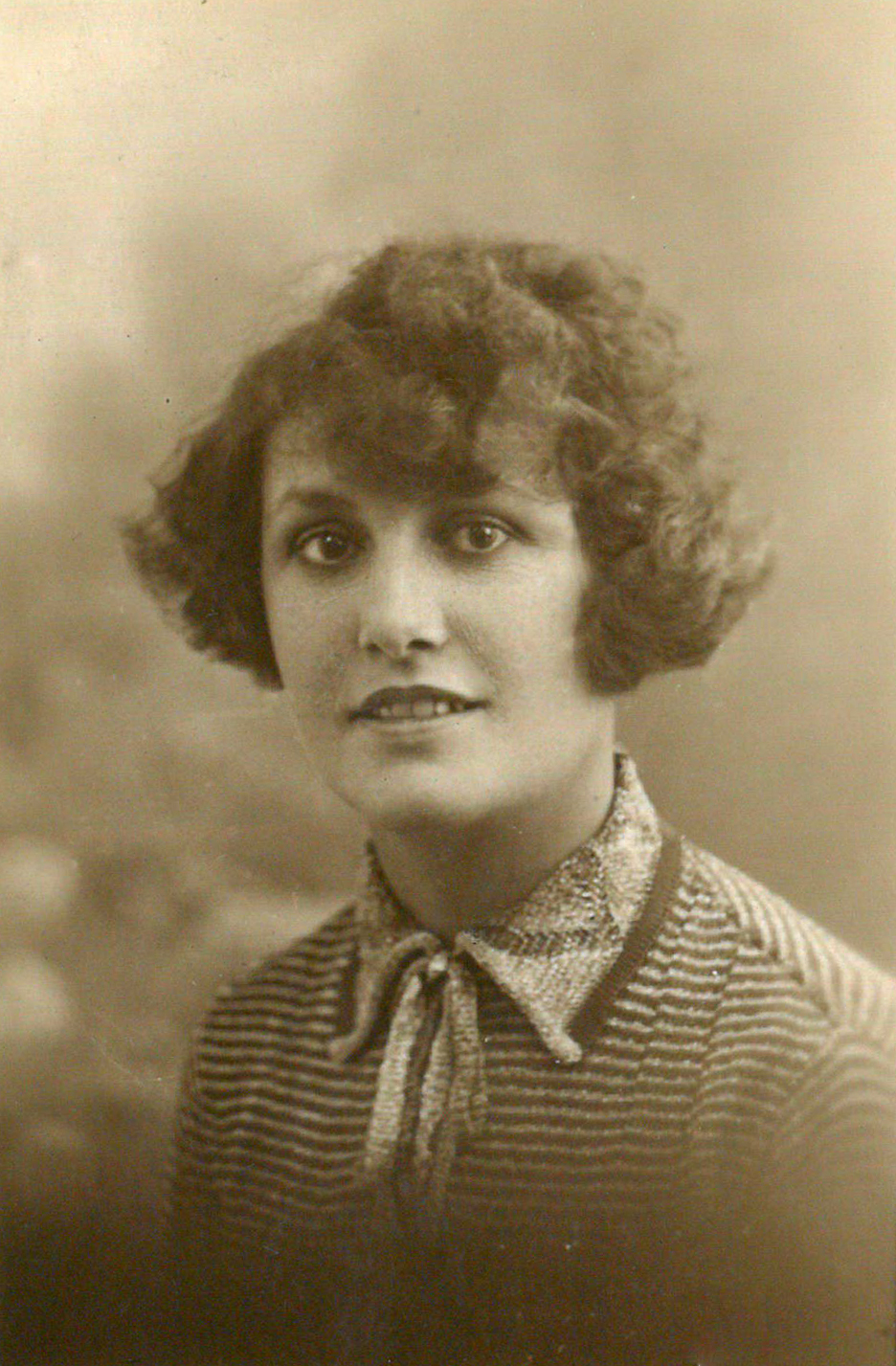
6 July 1952: Capitaine Maryse Bastié, l’Armée de l’air, was killed 6 July 1952 when the airplane she was aboard as a passneger, the second prototype Nord 2501 Noratlas, F-WFUN, was demonstrating single engine operation at an air show at the Lyon-Bron Airport (LYN). Approximately 100,000 spectators were present.
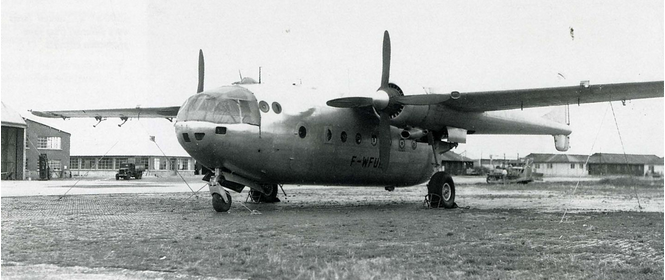
The aircraft, the second prototype of the Noratlas, was taking part to the National Airshow at Lyon-Bron Airport (LYN), carrying six crew members and one passenger, the famous French aviator Maryse Bastié. After takeoff, the pilot-in-command completed a circuit around the airport and started the approach at low height, demonstrating flight with one engine one engine inoperative. The Noratlas passed over Runway 34 and the pilot attempted to perform a chandelle. The airplane climbed to a height of 200 meters (about 660 feet), then stalled and crashed in flames. All seven occupants were killed. The crew consisted of Georges Penninckx, pilot; Étienne Griès, radio navigator; Albert Tisseur, mechanic; Alcide Le Quien, technician; Pierre Landeau, technician; Jean-Louis Frignac, technician. Capitaine Bastié was a passenger.
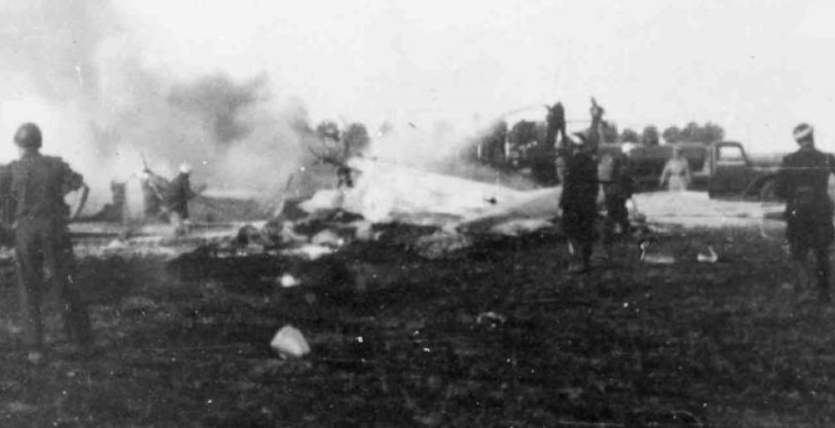
Woman Ace Dies In Crash With 7 Others
By Reuters News Agency
LYONS, France—Eight persons were killed when a plane crashed yesterday during a Regatta at Bron Airfield.
The plane, a twin-engined Nord 2501, was demonstrating when the pilot cut one engine and went into a single-engine vertical climb. The plane flicked over, went into a spin, crashed and caught fire.
One of the persons killed was Maryse Bastie,woman aerobatic champion and France’s best known pre-war woman pilot.
The plane crashed into a wheat field. Both engines exploded and almost at once the machine burst into flames. When firemen arrived on the spot five minutes later the whole field was blazing.
The accident was seen by 100,000 spectators who had gathered to watch the display of stunt flying, jet fighter demonstrations and parachute drops.
—The Evening Citizen, Ottawa, Canada, Vol. 110, No. 5, 7 July 1952, Page 6, Column 5
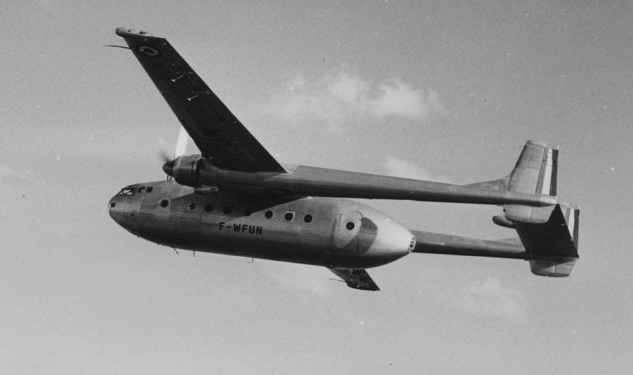
WOMAN PILOT AN PATRIOT
Death in Air Crash
From our own Correspondent
PARIS, JULY 7.
France lost one of her most remarkable women pilots, Maryse Bastié, in the air crash which took place in the presence of 50,000 spectators near Bron aerodrome outside Lyons last night.
A new type of military freight aircraft for carrying supplies or parachutists, the Nord 2,501 was being shown as a last-minute supplement to the programme of exhibition flights. Mme Bastié, who was to exhibit this aircraft in Brazil in a few weeks’ time, was on board.
After shutting off one of the two engines the pilot took the aircraft up in a steep climb and then lost control of it. It crashed into the ground several hundred miles an hour and the engines were buried nearly ten feet deep.
Maryse Bastié originally worked in a shoe factory. She married a demobilised air pilot and they ran a shoe shop together in the provinces for some time, but grew tired of this. M. Bastié found a job as an air instructor and Madame Bastié gained her pilot’s certificate in 1925. Her first distinction was to win the endurance championship for the longest flight in the air by a woman pilot She succeeded in remaining airborne for 27 hours. When another woman pilot pushed the record up to 36 hours, Madame Bastié carried it further to 37 hours. Not content with this she also won the record for a woman pilot for a long-distance flight. Setting out from Northern France she covered 3,000 kilometres and landed on the banks of the Volga. Later she crossed the South Atlantic in twelve hours during a solo flight.
In recent years Madame Bastié seems to have devoted herself to the use of aircraft for the Red Cross, and especially for the care of wounded in battle. She recently went to Indo-China to form the first unit of airborne Vietnamian nurses. She took part in the Resistance movement during the occuption and was for some time arrested by the Germans, She held the military rank of captain and that of commander in the Legion of Honour for military services, an honour held by no other woman.
—The Manchester Guardian, No. 32,982, Tuesday, 8 July 1952, Page 7, Column 4
Woman Ace Dies In Crash With 7 Others
By Reuters News Agency
LYONS, France—Eight persons were killed when a plane crashed yesterday during a Regatta at Bron Airfield.
The plane, a twin-engined Nord 2501, was demonstrating when the pilot cut one engine and went into a single-engine vertical climb. The plane flicked over, went into a spin, crashed and caught fire.
One of the persons killed was Maryse Bastie,woman aerobatic champion and France’s best known pre-war woman pilot.
The plane crashed into a wheat field. Both engines exploded and almost at once the machine burst into flames. When firemen arrived on the spot five minutes later the whole field was blazing.
The accident was seen by 100,000 spectators who had gathered to watch the display of stunt flying, jet fighter demonstrations and parachute drops.
—The Evening Citizen, Ottawa, Canada, Vol. 110, No. 5, 7 July 1952, Page 6, Column 5
Marie-Louise Bombec was born at Limoges, Haute-Vienne, France, 27 February 1898. She was the daughter of Joseph Bombec and Celine Filhoulaud. She married Babtiste Gourinchas at Limoges, 11 February 1915. Their son, Germain Gourinchas, was born 22 September 1915.
In 1918, Mme Gourinches was employed as a secretary-typist at the Limoges electric company.
Marie-Louise and her husband separated 29 May 1920, and divorced 24 December 1920. Germain died of typhoid fever, 6 June 1935, in Ferryville (now known as Manzil Būrgībah), Bizerte, Tunisia.
On 22 May 1922, Mme Gourinches married a pilot, M. Louis Bastié, at Limoges. With her husband, she ran a shoe store in Cognac.
After taking instruction from Guy Bart, she first soloed 8 September, 1925, at Bordeaux, Gironde, Aquitaine, France. Mme Bastié earned Brevet de Pilot N° 1036, 29 September 1925.
On 15 October 1926, she received a telegram informing her that her husband, Louis, had been killed.
In 1928, she officially changed her name from Marie-Louise to Maryse.
On 13 July 1928, she flew her Caudron C.109, F-AHFE, from Le Bourget Aerodrome, Paris, France, to Trzebiatów, Pomeranina, a distance of 1,058 kilometers (657 statute miles).
On 11 October 1928, she became to first woman in France to obtain a public transport license, N° 1136. She was only the second woman in France to earn a professional pilot’s license.
On 28 July 1929 Maryse Bastié, flying a Caudron C.109 parasol-winged, strut-braced monoplane, F-AHFE, to set a Fédération Aéronautique Internationale (FAI) world record for duration of 26 hours, 47 minutes, 30 seconds, at Le Bourget. (FAI Record File Number 10446)
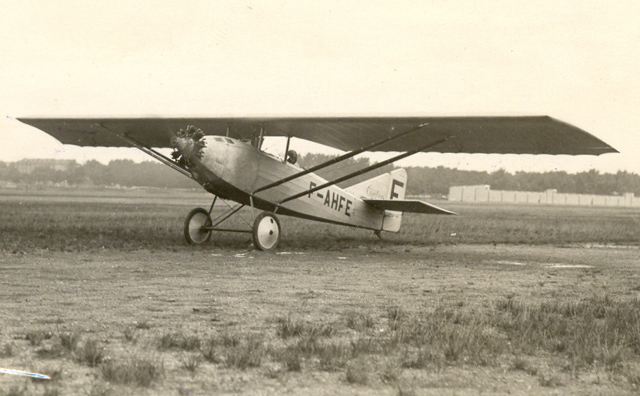
On 10 June 1930, she set another FAI world record for duration, 22 hours, 24 minutes, flying a Klemm L 25 I monoplane powered by an air-cooled 2.979 liter (181.77 cubic inch displacement) Salmson AD.9 nine-cylinder radial direct-drive engine, which was rated at 50 horsepower at 2,000 r.p.m. (FAI Record File Number 12337)
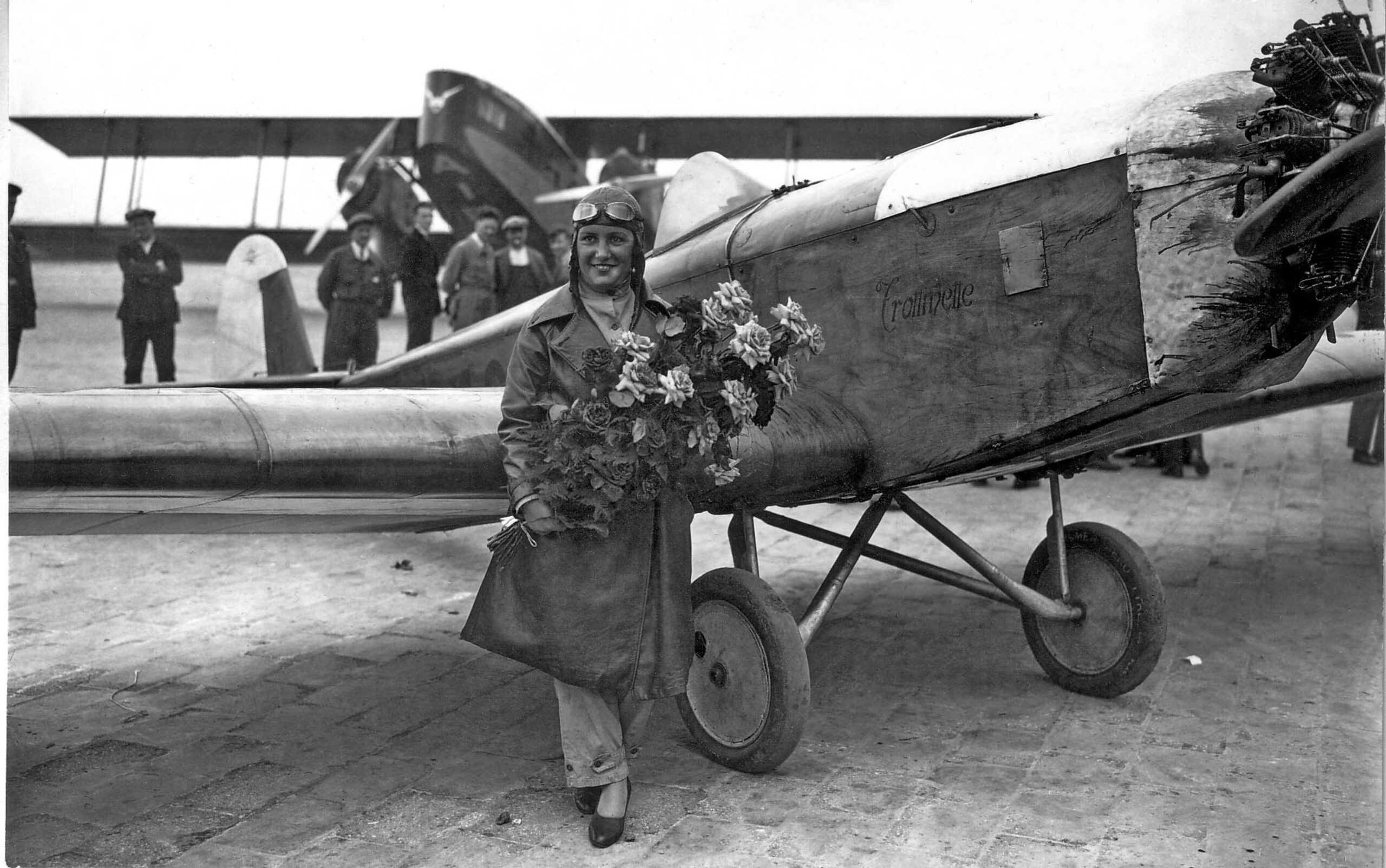
On 18 August 1930, she set another FAI world record for duration, 25 hours, 55 minutes, again flying the Klemm. (FAI Record File Number 12338)
At Le Bourget, 4 September 1930, she set two FAI world records for duration, 37 hours, 55 minutes, flying the Klemm monoplane. (FAI Record File Numbers 12339, 12341)
On 29 June 1931, Mme Bastié flew the Klemm from the Le Bourget airport, Paris, France, to Urino, Russia, U.S.S.R., to set three FAI world records for distance: 2,976,31 kilometers (1,849.39 statute miles). The duration of the flight was 30 hours, 30 minutes. (FAI Record File Numbers 12345, 12346, 14886). For this flight, she was awarded the Order of the Red Star by the Presidium of the Union of Soviet Socialist Republics.
She was awarded the Harmon Aviatrix Trophy for 1931. On 20 March 1932, Bastié was appointed Femme Chevalier de la légion d’honneur.
On 30 December 1936, Maryse Bastié flew a Caudron C.635 Simoun, F-ANXO, from Dakar, French West Africa, across the South Atlantic Ocean to Natal, Brazil, solo, in 12 hours, 5 minutes.
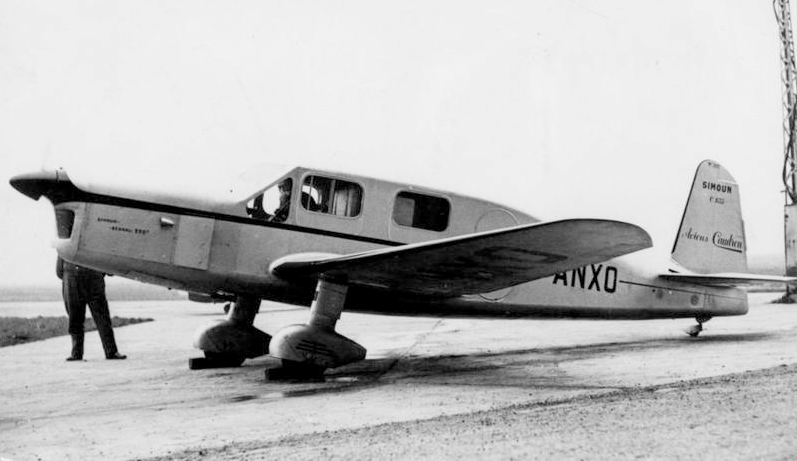
On 22 February 1937, France promoted her to Officier Ordre national de la Légion d’honneur.
During the German occupation of France, Mme Bastié was suspected of being a member of La Résistance française (the French Resistance). She was detained by the Gestapo at the Fresnes Prison, south of Paris, but was released after 15 days.
On 3 May 1944, she volunteered for l’Armee de l’air, the French air force, and was assigned as a pilot-journalist in the Minister’s office. On 24 November 1944, she was appointed a lieutenant of l’Armee de l’air. On 2 November 1945, she was assigned command of pilot schools.
On 17 April 1947, Mme Bastié was promoted to Commandeur Ordre national de la Légion d’honneur. The following month, 15 May 1947, she was promoted to Capitaine, l’Armee de l’air, with her rank retroactive to 25 May 1946.
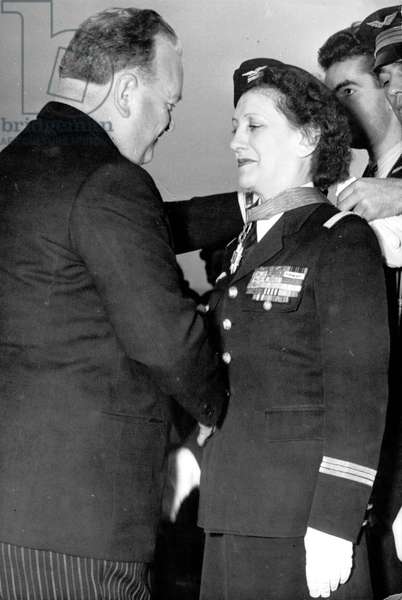
© 2023, Bryan R. Swopes
